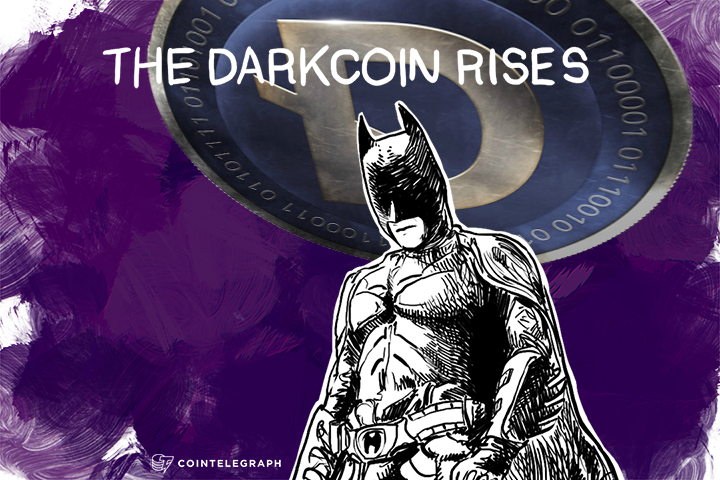Darkcoin, which was launched at the beginning of this year, has been on a bull run recently jumping from US$1.65 last Thursday to US$2.86 at the time of writing. Its market capitalization has also ballooned from US$7 million to almost US$12 million today.
Coin, cloak and dagger
The idea behind Darkcoin is, first and foremost, privacy. This cloak-and-dagger approach might sound like a redundant feature to some as many believe that Bitcoin provides users with complete anonymity, but this is not technically true.
A user that buys drugs on a site like Silk Road with the same wallet that he uses to buy an item on overstock.com can be traced albeit it requires much more effort when compared to credit cards. But, in fact, it takes a lot of work for Bitcoin users to achieve a desirable level of privacy using such arduous methods as having to juggle multiple wallets, cold storage, and numerous keys.
The brainchild behind Darkcoin, Evan Duffield, explained his motivation for creating this privacy-oriented crypto-currency:
“I believe the central problem with Bitcoin is that the public ledger, although a remarkable accomplishment, also allows a gross invasion of personal privacy by permanently listing all transactions the users have ever done publicly.”
Indeed, some users may find tremendous appeal in Darkcoin. It essentially makes transactions invisible in the public blockchain. And with 4 million darkcoins already in circulation and growing, the currency is expected to find its target users who prefer a higher level of anonymity.
How it works
The identity of users is concealed by a system called Darksend, which is used by Darkcoin. This system was recently updated with the creation of release candidate two (RC2) that grants users almost 100% anonymity.
Also, users can set up "stealth" addresses, which basically creates a private transaction channel between the sender and receiver since only they know about these wallets. The secret addresses are shared cryptographically preventing outsiders from eavesdropping on the transaction.
Another feature lets users automatically "mix" transactions in Kademlia-like fashion to hide their source. Simultaneous payments made by users are put in a central pool. The money is then taken from this pool making it impossible to tell which user was paying which receiver.
Think of it like picking a random number written on a piece of paper from a hat: no one knows who put the piece of paper into the hat or whether it was intended for the picker but the transaction was made regardless.
And given the network’s P2P nature, it is almost impossible to shut down. There is no central server that can be shut off since DarkCoin's features are decentralized and its anonymous users i.e. nodes are spread out across the globe.
Evan Duffield has given much praise to the Dark Wallet project that was spearheaded by crypto-anarchists Cody Wilson and Amir Taaki, but stated that "it's not a completely decentralized approach.”
DarkCoin uses a new chained hashing algorithm approach, with many new scientific hashing algorithms for the proof-of-work. This is to ensure that processing distribution remains fair and coins are distributed similarly to how bitcoins were originally.
But DarkCoin differs from Bitcoin in that it uses 11 rounds of different hashing functions instead of the Secure Hash Algorithm (SHA) 256. It is expected that ASICs will be much more difficult to make for these algorithms and will take years.
DarkCoin is an open source project and Duffield plans to spend the next two years working on DarkCoin full time.
